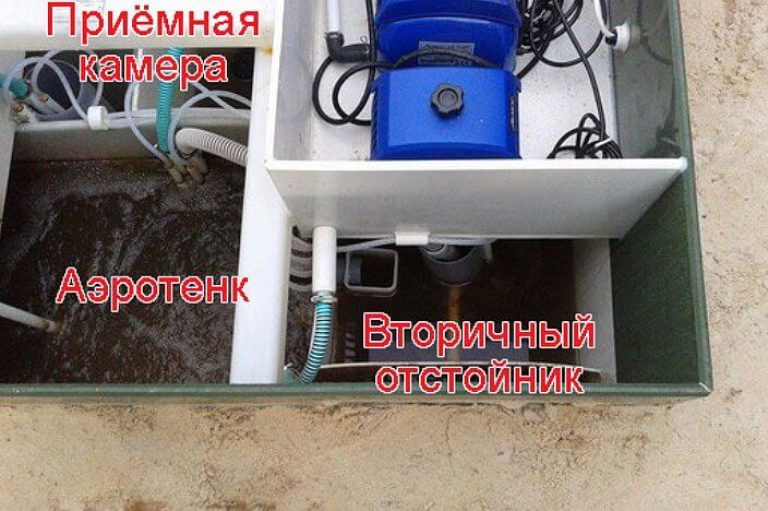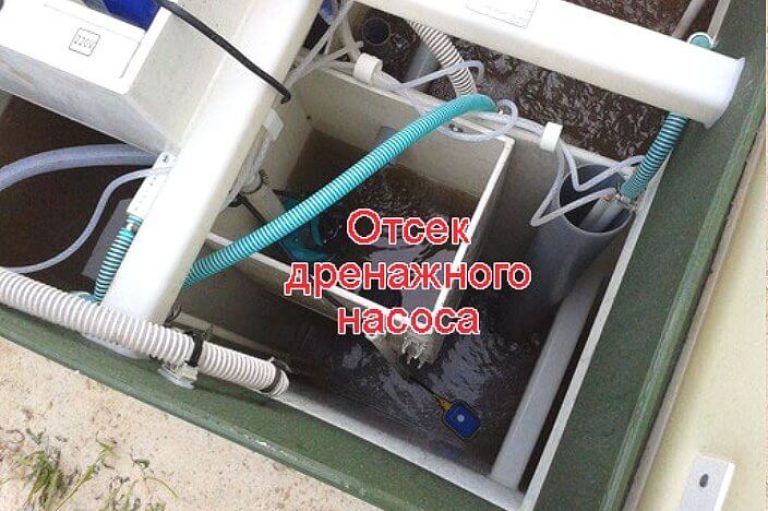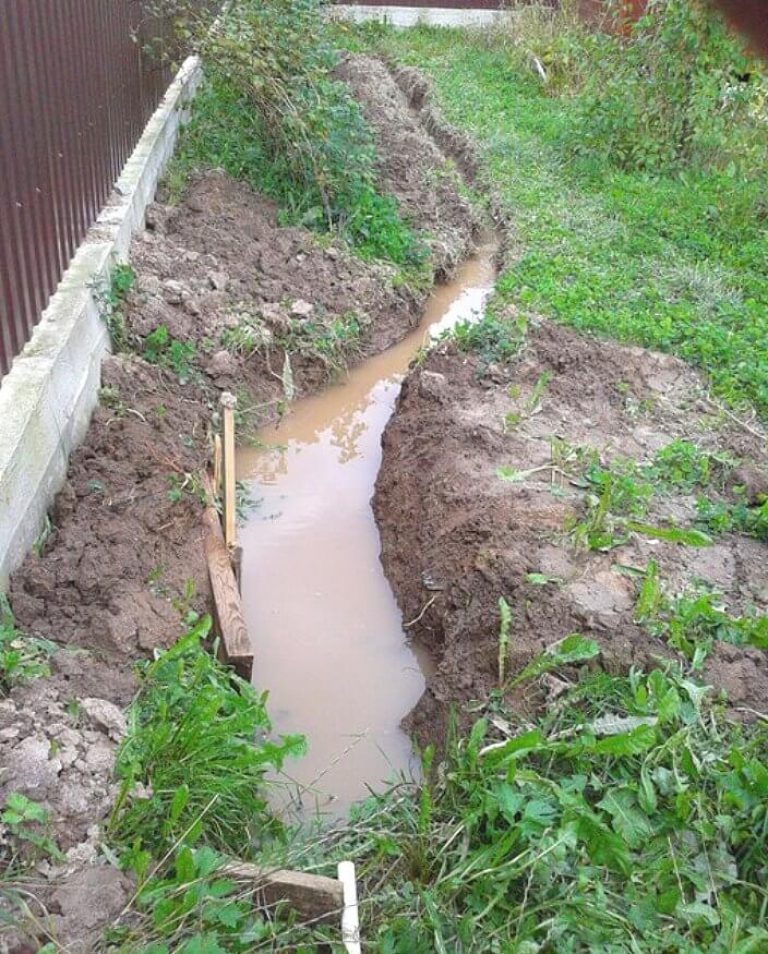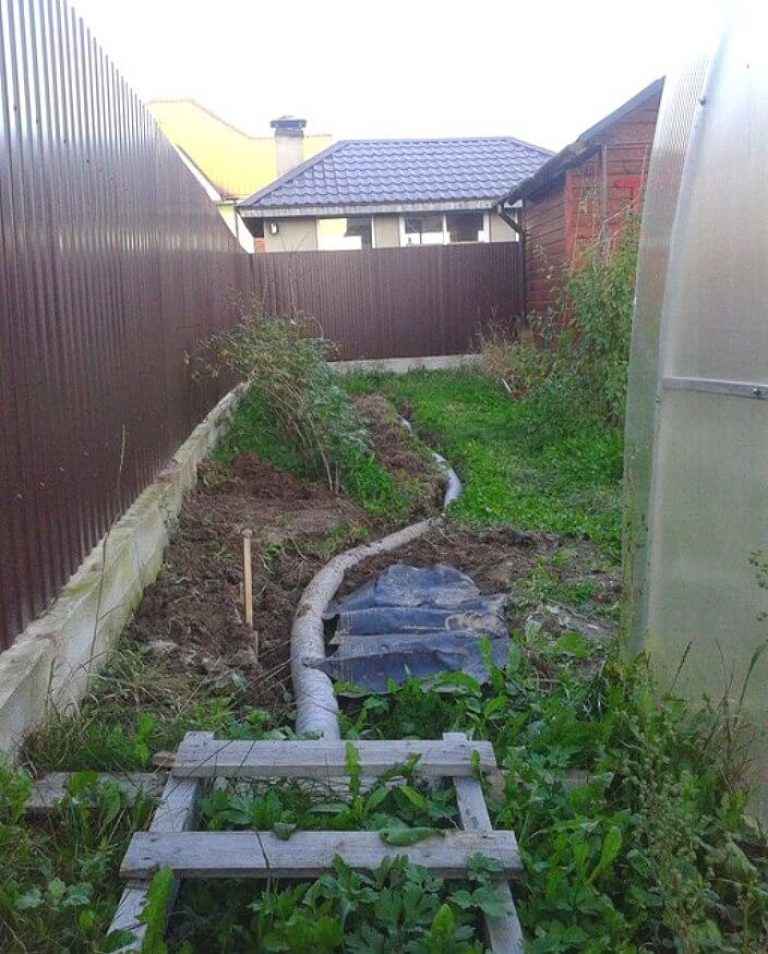Septic Topas - principle of operation and device: video and review
It seems that until very recently, settling wells were the only way to organize sewage in private homes in the absence of a centralized system. But all this created certain inconveniences and difficulties. Therefore, today, when there are already other options, the vast majority have abandoned sedimentation tanks in favor of more modern solutions. Septic Topas is one of the leaders in the line of modern cleaning systems. What the principle of operation of the septic tank Topas and how does it work? Familiarize yourself with the device, circuit diagram, see Topas septic video and read my review of work this water treatment plant.
For obvious reasons, everyone is now strongly recommending the use of environmentally friendly sewage treatment plants, which work more functionally than settling wells, which are used only to receive and contain wastewater. Modern treatment plants go one step further - wastewater is collected in a reception area, and then processed in a biological filtration system, which produces purified water that is absolutely safe for the environment. Such water can be discharged to the ground or collected in a separate tank and reused, for example, for watering plants in a vegetable garden or garden. The principle of operation of the septic tank is based on multi-stage filtration of wastewater and their purification with activated sludge under special conditions of oxygen saturation.
2. The general arrangement of the septic tank Topas
Let's understand without complicated terms and unnecessary details. Everything is in order. The scheme of operation of this autonomous sewage system is quite simple. First, effluents from the sewer enter the first, receiving chamber - the pre-treatment chamber.
Receiving chamber of the septic tank Topas
Further, using a special device (pump - airlift) drains from the receiving chamber are pumped through the tube into the second chamber - aeration tank(in the photo below it is a short green corrugated tube on the left). At the same time, mechanical cleaning of the drain occurs. Mechanical cleaning (the first stage) is carried out by filtering wastewater in the receiving chamber (see the photo of a large gray pipe that resembles a sewer? In its lower part, a large number of holes have been made in it, which prevent large fractions of wastewater from getting to the airlift).

Aerotank Topas with activated sludge - the "heart" of the treatment plant
What happens in the second chamber - the aerotank? In the aeration tank, the effluents are aerated, that is, the compressor passes air bubbles through the chamber, similar to how a compressor does in an aquarium. In addition, it is in this chamber that the wastewater is treated with activated sludge (more precisely, the bacteria that it contains), which rather quickly decomposes all the components of the wastewater (in principle, aeration is needed mainly to saturate the activated sludge with oxygen, which allows it to better interact with wastewater components and decompose them faster). After that, the effluents, having been practically cleared, fall into the secondary sump.

Secondary septic tank Topas
After entering the secondary sump, the treated effluents are moved to another compartment. From the surface of the secondary sump, the purest water is collected in a receiver resembling a separate box and flows through an L-shaped tube into drain pump compartment(such a complete set with an additional compartment of the drainage pump is made at the request of the customer).

In the photo, an additionally equipped drain pump compartment
As the drain compartment fills up, the drain pump pumps water out through a tube (white tube). To determine the level of operation of the drainage pump, a frog-type switch is attached to the pump.
It must be said that such a principle of operation and equipment are recommended in the absence of the possibility of filtering (discharging) treated effluents directly into the ground (for example, clay soil, lack of slopes, etc.). This refers to the discharge of wastewater to the ground from the compartment of the drainage pump. If there is such a possibility, then the discharge of purified water occurs from the secondary sump through a separate outlet through a special drainage pipe! At the same time, with insufficient flow of effluents to the receiving compartment, part of the treated water is still pumped from the secondary sump to the activated sludge stabilization chamber, and from there, by overflow, again to the receiving compartment. Thus, there is a circular cleaning of wastewater.

Appearance of the station device
3. How to make drainage for Topas?
Since we rarely visited the house where Topas was installed, at first we managed with a small and not deep hole for receiving treated effluents, and this was quite enough. But heavy rains and our temporary, but long-term residence, and hence the constant use of Topas, led to the fact that the water from the hole dug not far from the station began to be poorly absorbed into the ground and drained, or rather, it almost completely ceased to be absorbed.
Temporary drainage construction
First of all, I just dug a bigger groove to increase the absorption area. More is putting it mildly. I increased the absorption area several times. At first, this gave a certain expected effect, but, unfortunately, not for long.

In the photo: not a deep trench as a temporary drainage to divert wastewater from the station
As the further operation of my drainage trench showed, it was clearly not enough and the drainage design did not meet the necessary requirements. Firstly, water, pouring out of the station under pressure, erodes the banks of the ditch, so the soil slides into the water and the ditch becomes shallower. Secondly, it is difficult to withstand the slope necessary for the runoff, since the loamy soil in the wet state is a slurry, and at the beginning of the ditch, where the soil is eroded the most, a swamp is formed, where most of the water accumulates. Beyond this swamp, the water flows very slowly and the drainage ditch works very poorly.
Therefore, I decided for the time being (that is, temporarily) to lay a drainage pipe in my ditch and see how the drainage would work in this form. And next spring I’ll take everything apart, which is not difficult at all, and make the right drainage. While the pipe seems to be coping, there is no swamp anywhere.

Pictured is a temporary drainage improved with a drainage pipe to drain water
What will I do and how do I plan to do major drainage on a permanent basis?
Ideally, you need to make a deep, solid drainage by digging a trench at least 1 meter wide and also at least a meter deep, pour sand and gravel into the trench, lay geotextiles so that clay from the sides does not penetrate into the drainage, and also lay a special perforated drainage pipe, about 15 meters. But this year I did not plan to do a full-fledged drainage, since I need to purchase a lot of materials, think about where to put at least 15 cubes of excess clay. But next time, I'll make sure I do it right.
4. Why Topas: review after a year and a half of work
If we approach the names in a professional way, now there are two classes of autonomous sewage equipment on the market: a septic tank and an aeration unit. In a nutshell, the difference between them is that processes occur naturally in a septic tank, thanks to which the septic tank is very simple and does not require electricity. However, the treatment of wastewater with a septic tank is not ideal; over time, sludge accumulates in it, which must be pumped out, for example, with a sewage machine. Aeration plants are more complicated, in which the compressor drives air in a mode determined by the program through the contents of the installation, which increases the degree of purification, so there is no need to pump out sludge from the installation (well, if you only rarely use sewage, then sometimes you will have to remove excess sludge - but again with the help of the built-in pump and very rarely).

Feedback about the work Topas
Topas chose it precisely because it does not need to be pumped out, which means that it can be placed where it is convenient, and it was convenient for me to put it behind the house. Also in favor of the choice was the fact that the model has already been tested and there are a lot of reviews and operating tips on the Internet. As for the model, Topas-8 was chosen with the forced withdrawal of purified water. The model for 8 people was chosen primarily because we have a large bathroom, which we use every evening. Topas-8, unlike the younger model Topas-5, calmly endures the drain of the bathroom. Forced withdrawal of water is more convenient than gravity, as there are more ways to remove purified water from the station.
As the owner of this autonomous sewage system, after 1.5 years of its operation, I can’t say anything bad about its work! Even if I wanted to, I couldn't remember anything negative. Moreover, Topas was purchased based on the experience of 4 years of operation of this unit by my neighbor, whose reviews prompted me to make just such a choice. I can’t say anything about analogues, since I had practical interaction only with Topas. Once I replaced the signal light in the protective lamp and that's it. Neighbor, he also changed the lamp itself (it cracked for some reason).
Maintenance of the device: a separate story. In short, now I do it myself. There is nothing complicated about this, it is possible without a high-pressure washer, although I have one and I use it. And I refused the services of specialists from one very important organization for servicing cleaning stations half a year after concluding an agreement with them. But more about maintenance later. And so, if without undue reasoning, a good thing - I recommend it.
5. Septic Topas: how the video works
Watch a short video that explains how the biological treatment plant works.




